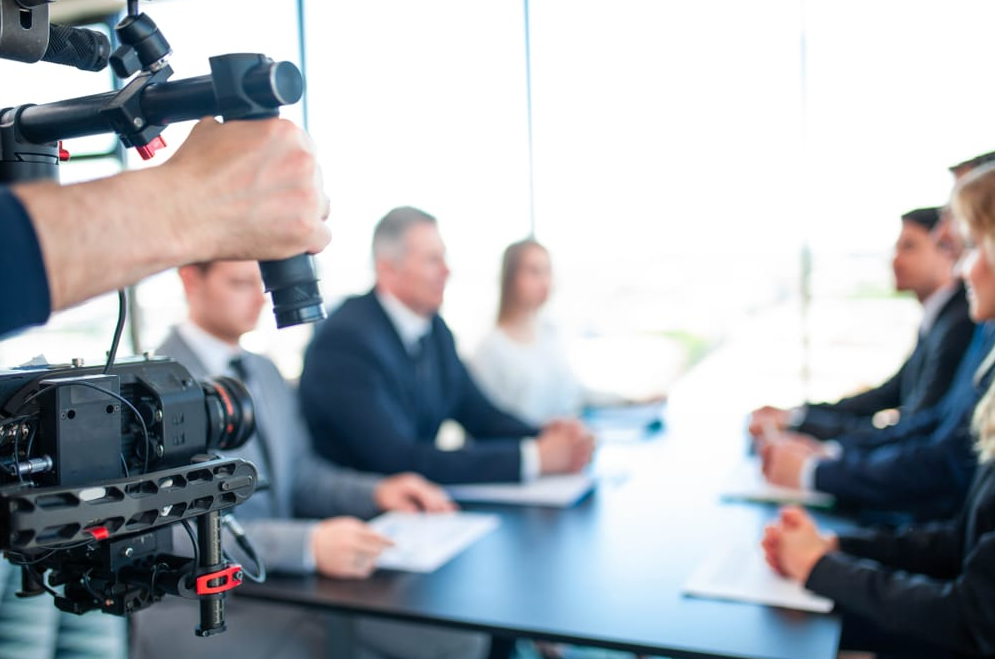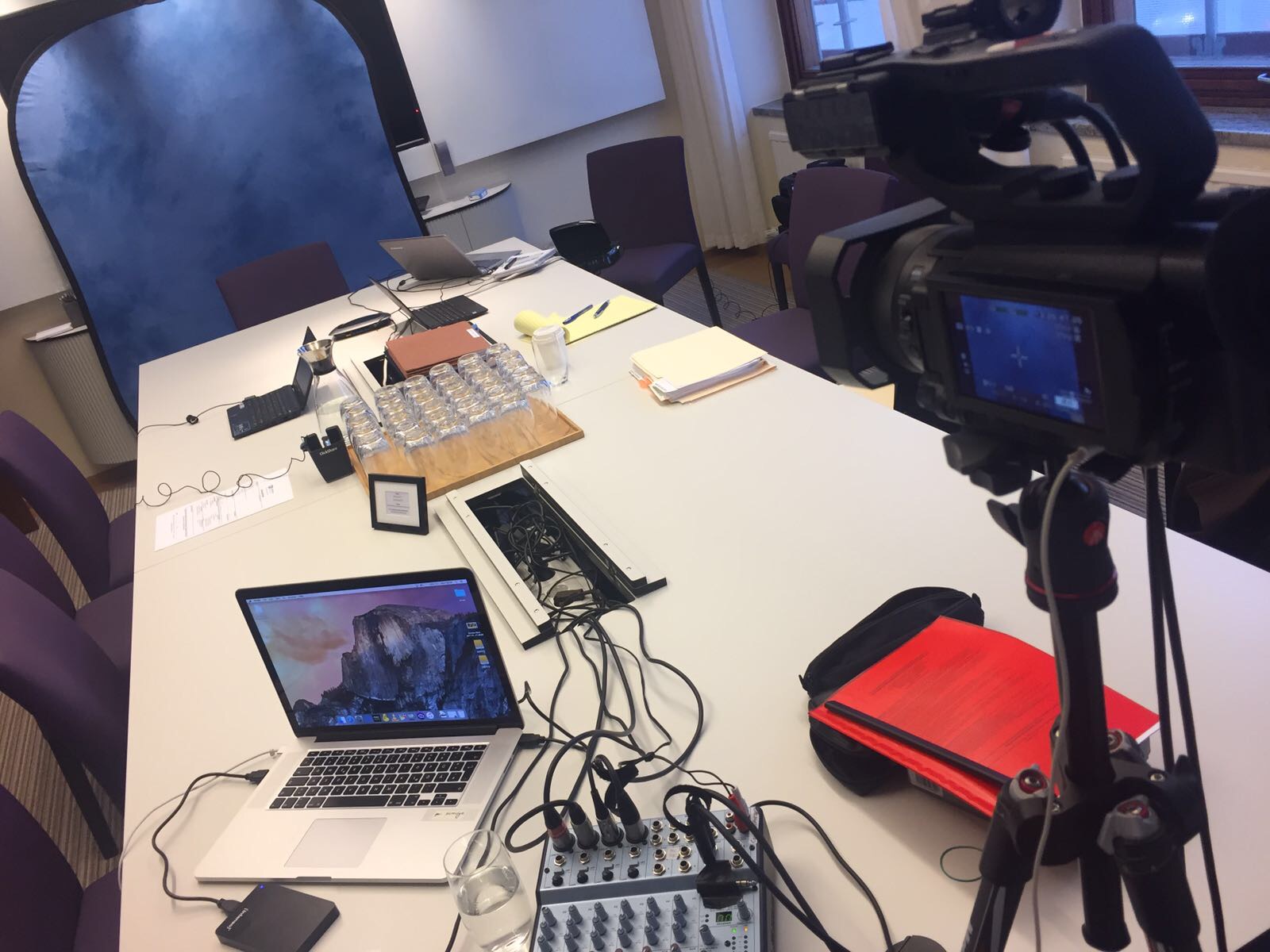Comprehending the Impact of Legal Videography on Case Outcomes
Comprehending the Impact of Legal Videography on Case Outcomes
Blog Article
Diving Into the Systems of Legal Videography: Introduction Its Procedure in Shielding Genuine Visual Testimony for Judicial Proceedings
In the world of judicial procedures, the function of lawful videography stands as a cornerstone in maintaining and offering aesthetic proof. As innovation proceeds to advance, the systems behind lawful videography have become significantly detailed, offering an essential layer of authenticity to testimonies caught on video clip.
Historical Development of Lawful Videography
Taking a look at the historical development of legal videography discloses a substantial transformation in the capturing and discussion of visual evidence within the lawful landscape. In the past, lawful process heavily relied upon written pictures and records to document events and supply proof. Nonetheless, with the advent of video clip innovation, the legal industry saw a paradigm change in exactly how aesthetic testament was captured and presented.
The advancement of legal videography can be mapped back to the late 20th century when advancements in video clip recording devices made it much more available for use in courtrooms. This technical innovation not only enhanced the accuracy and reliability of visual proof but also changed the method situations were provided to judges and juries (Legal Videography). Lawyers began to identify the influential power of video recordings in conveying emotions, subtleties, and non-verbal hints that written records or pictures alone can not catch successfully

Innovation Improvements in Video Clip Documentation
What essential technical developments have changed video clip paperwork in the lawful area? The lawful field has actually seen substantial innovations in video documentation modern technology that have boosted the authenticity and integrity of aesthetic evidence in judicial process.
Additionally, advancements in video security and watermarking modern technologies have actually boosted the protection and tamper-proof nature of video clip proof, safeguarding it against unauthorized alterations or meddling. Furthermore, the advent of cloud storage space options and remote accessibility capabilities has structured the storage space, retrieval, and sharing of video proof, promoting seamless partnership among attorneys and making certain reliable access to important aesthetic testimonies when required. These technical improvements in video clip documentation have actually most certainly transformed the legal field, enhancing the accuracy, reliability, and admissibility of visual evidence in judicial proceedings.
Duty of Lawful Videographers in Court Room Setups
The development of video paperwork modern technology in the legal field has actually required an important role for lawful videographers in court settings, ensuring the honesty and dependability of visual testaments provided during judicial process. Legal videographers play a basic function in capturing and maintaining precise aesthetic evidence that can be pivotal in litigation. Their obligation encompasses establishing up equipment, videotaping procedures, browse around here and generating top notch video clips that properly mirror the events in the courtroom.
Additionally, legal videographers commonly function closely with legal teams to make sure that the video clip evidence lines up with the situation's needs and can be properly presented in court to support the lawful disagreements being made. Overall, the function of lawful videographers in court room setups is indispensable in supporting the principles of justice and guaranteeing the transparency of legal procedures. Legal Videography.

Ensuring Admissibility and Honesty of Video Evidence
To keep the credibility of visual proof offered in legal proceedings, making sure the admissibility and honesty of video evidence is an important duty for lawful videographers. Admissibility refers to the acceptance of evidence by the court, and for video clip proof to be permissible, it must meet specific standards. Lawful videographers play a crucial role in making sure that the video clips they record abide with the rules of evidence, such as credibility, importance, and integrity.
Integrity of video evidence entails keeping the creativity and precision of the video footage from the moment it is taped up until it exists in court. This includes securely saving the video clip data, documenting the chain of custodianship, and stopping any type of tampering or alterations. Lawful videographers have to follow strict protocols to guarantee the honesty of the video evidence and stop any type of obstacles to its credibility.
Future Trends in Legal Videography
Offered the raising reliance on modern technology in lawful process, legal videographers are poised to welcome ingenious advancements forming the future of visual testimony capture and discussion. Among the popular trends coming up is the combination of virtual fact (VR) and augmented fact (AR) innovations into lawful videography. These technologies have the possible to transform how aesthetic evidence is provided in courtrooms, permitting discretionary to immerse themselves in the scene of the criminal activity or event.
In addition, making use of artificial knowledge (AI) formulas for video evaluation is expected to enhance the procedure of evaluating and assessing big quantities of video footage. AI can help in recognizing essential minutes, abnormalities, and patterns within videos, boosting the efficiency of legal examinations.

Verdict
Finally, lawful videography has played a crucial duty in providing genuine aesthetic evidence for judicial process. Through technological advancements and the experience of legal videographers, the stability and admissibility of video clip evidence are made sure in court room settings. As legal videography proceeds to evolve, it will be necessary to support criteria that keep the accuracy and dependability of aesthetic statement for the future of legal process.
Examining the historical development of lawful videography reveals a considerable improvement in the recording and presentation of visual evidence within the lawful landscape.The advancement of video clip documentation technology in the legal area has actually demanded a crucial role for legal videographers in court settings, making sure the honesty and integrity of aesthetic testimonies presented pop over here during judicial proceedings. Additionally, legal videographers frequently work carefully with legal teams to guarantee that the video evidence aligns with the case's requirements and can be efficiently presented in court to sustain the lawful disagreements being made.To preserve the reputation of aesthetic proof offered in lawful procedures, making sure the admissibility and stability of video evidence is a crucial responsibility for legal videographers. As legal videography continues to evolve, it will be essential to promote criteria that preserve the precision and integrity of visual testimony for the future of legal process.
Report this page